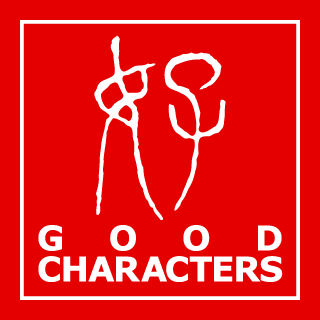
Printer Insights: Tips and Tricks for Certificates and Everyday Use
Some martial arts school owners have asked what kind of printer we use for printing and filling certificates. Here’s what we do:
Printing Certificates
For large quantities: We use an offset printing company. Compared to digital presses, offset printing can produce finer lines and tiny text, which serve as security features to prevent forgery using a standard digital printer or copier.
Filling certificates: You can use a regular inkjet or laser printer to add student names, or you can fill them by hand.
Day-to-Day Printing
Here are the printers we use for daily tasks:
HP Color LaserJet Pro MFP M283cdw (You can browse the latest HP small business printers here. Note: As an Amazon Associate, I earn from qualifying purchases.)
Dell MFP 3115cn (an older model, but it still produces better-quality prints than the HP, even though it’s older).
We also have an HP PageWide Pro 452dw—I love how fast it is, but since it’s an inkjet, it’s expensive to run.
To fill large 11” x 17” black belt certificates, you can try the Brother MFC-J6955DW Color Inkjet.
Toner Tips
We typically buy high-yield toner cartridges. For the HP Color LaserJet Pro MFP M283cdw, here are the ones we use:
- HP 206X Cyan High-yield Toner Cartridge (https://amzn.to/40QQNQw)
- HP 206X Magenta High-yield Toner Cartridge (https://amzn.to/3CwaIKN)
- HP 206X Yellow High-yield Toner Cartridge (https://amzn.to/4hUbwJp)
- HP 206X Black High-yield Toner Cartridge (https://amzn.to/4fBWkPO)
For draft printing, we use an HP black-and-white printer with generic toner. Generic toners are much more affordable—for the price of one original brand toner, you can buy four or more generic ones. However, the print quality isn’t as good. The prints tend to be lighter in color, and sometimes there’s ink smudged on the sides because the toner is old or scratched.
Insights from Experts
A technician once told me that the most common issue with printers is caused by using third-party toners. I was surprised to hear that generic toners could mess up a printer, but he insisted they do make a difference. I’m inclined to believe him since he wasn’t trying to sell me anything.
Years ago, I talked to someone from China whose engineers reverse-engineered chips for toner and ink cartridges. They sold these chips to third-party suppliers in China and the U.S., who used them to refill and resell the cartridges. Not surprisingly, he said big printer brands, like HP, weren’t too happy about it!
A lot of printer companies sell their printers cheap but make big profits from expensive ink and toner. Those generic chips and toners really messed up their plan to make money off of you.
I used to think that when you drop off empty toner or ink cartridges for recycling, they just go to a recycling plant to be crushed or something. But I found out that some businesses actually buy those cartridges from the drop-off places. They refill them, add reverse-engineered chips, and then resell the toners online.
It’s amazing how many ways people can make money from things you’d never think were worth anything.
I once read about a printer brand (not HP—I won’t name it here) that artificially limited toner use to 1,000 pages, even if there was still plenty of toner left. Someone discovered this when they printed just one word per page, and the printer still declared the cartridge empty after 1,000 pages. It’s frustratingly unfair and feels like an unethical practice.
Oh, here’s something else I learned about printers a few years ago. Many modern printers, especially color laser models, have a feature called printer steganography. This means they add tiny, almost invisible yellow tracking dots to every printed page. These dots contain encoded information, like the printer’s serial number and the date and time of printing, to help with anti-counterfeiting and document tracking. Yellow is used because it’s hard to see on white paper under normal lighting. For this feature to work, the printer needs yellow toner or ink. In fact, some printers won’t work at all if the yellow is missing, to ensure the security features stay active.
